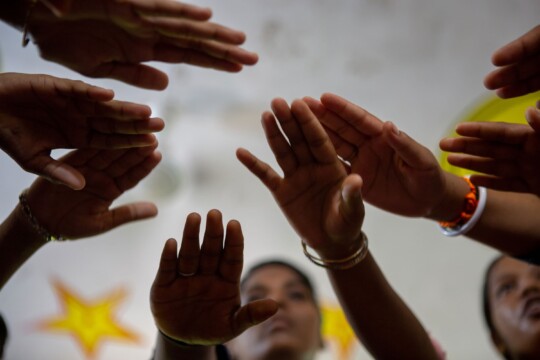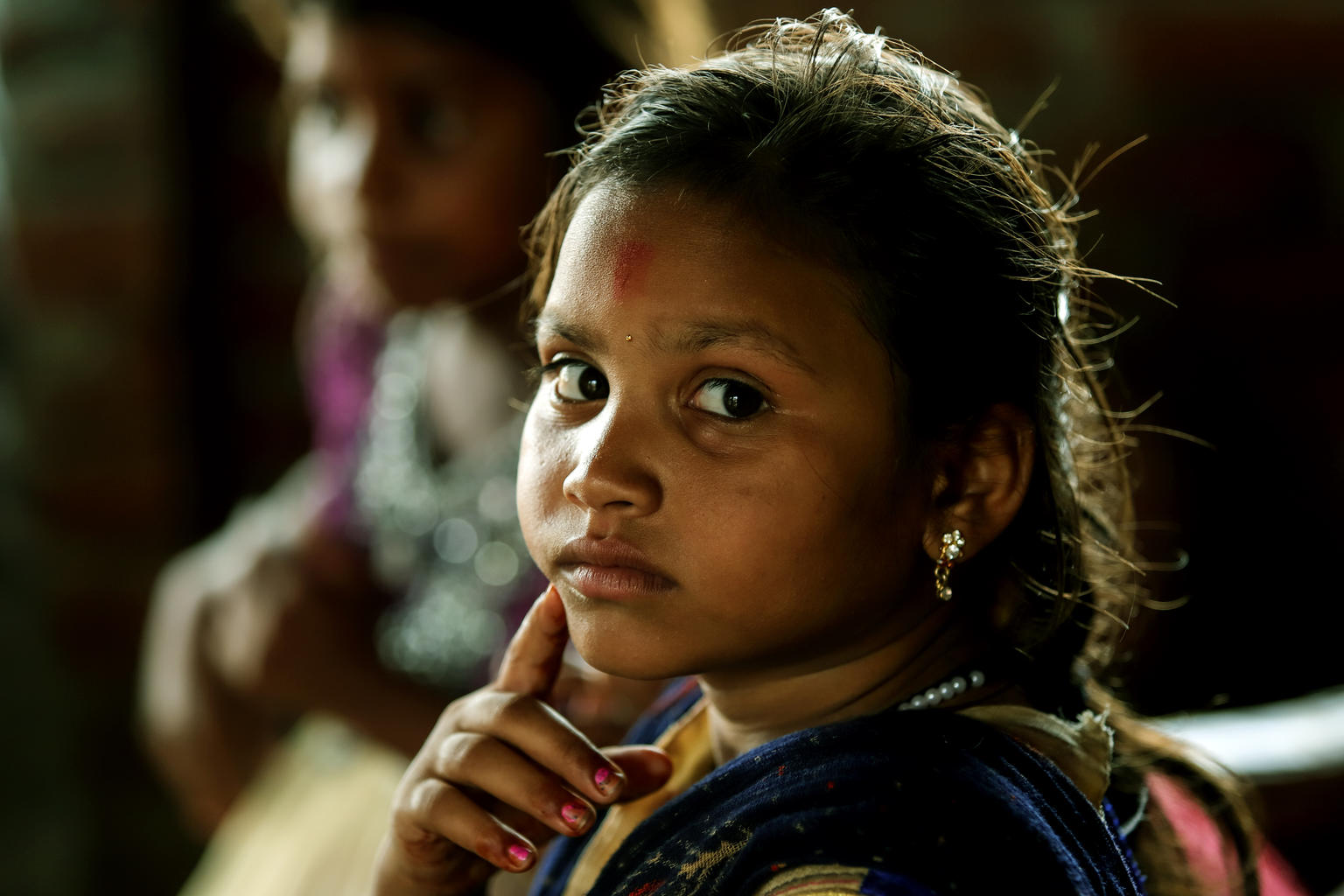South Asia is the region with the highest number of child brides, accounting for 45 per cent of the global total. Recent decades have seen remarkable progress in reducing child marriage in this region. Still, the combined impact of the COVID-19 pandemic, economic shocks, conflict and climate change threatens to erode these hard-won gains. Reaching the global SDG target to end child marriage by 2030 will only be possible if progress to eliminate this harmful practice is accelerated.
Key facts
Around one in four young women in South Asia were first married or in
union before their 18th birthday. The region is home to around 290 million child
brides, accounting for 45 per cent of the global total.
union before their 18th birthday. The region is home to around 290 million child
brides, accounting for 45 per cent of the global total.
Levels of child marriage vary considerably across the region, from over 50
per cent in Bangladesh to 2 per cent in the Maldives. Within countries there
is further disparity: In Afghanistan, for example, there is a tenfold difference in
prevalence across provinces.
per cent in Bangladesh to 2 per cent in the Maldives. Within countries there
is further disparity: In Afghanistan, for example, there is a tenfold difference in
prevalence across provinces.
Child marriage is less common among boys in the region, though it does
occur. In Nepal, nearly 1 in 10 young men were married in childhood.
occur. In Nepal, nearly 1 in 10 young men were married in childhood.
Child brides in South Asia are more likely to live in poor households, have
less education and reside in rural areas.
less education and reside in rural areas.
Three in four child brides in the region give birth while they are still
adolescents; over a third give birth before they turn 18.
adolescents; over a third give birth before they turn 18.
The vast majority of child brides in South Asia are out of school. In many
places, marriage and schooling are viewed as incompatible.
places, marriage and schooling are viewed as incompatible.
In some countries in South Asia, child brides are more likely to report that wife-beating is justified, and to experience such violence themselves.
South Asia leads the world in progress on reducing child marriage.
Still, acceleration is required to meet the target of eliminating child marriage
by 2030; compared to the last decade, the rate of decline would need to be
seven times faster.
Still, acceleration is required to meet the target of eliminating child marriage
by 2030; compared to the last decade, the rate of decline would need to be
seven times faster.



